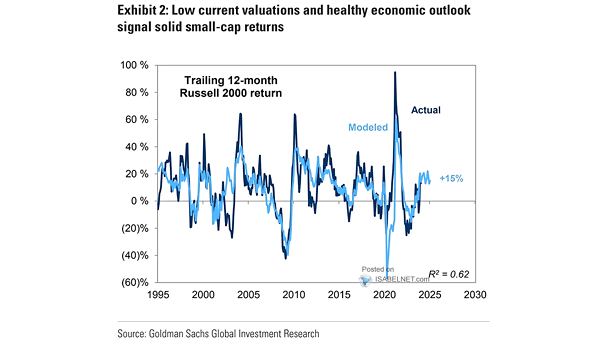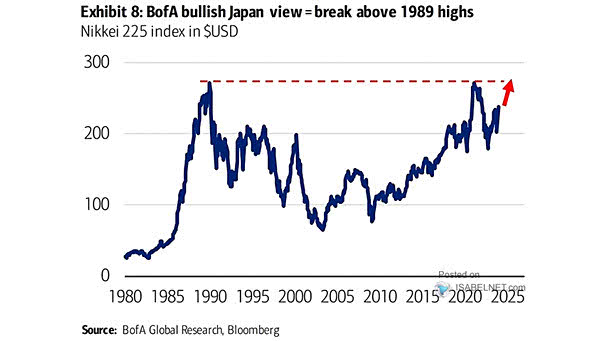Small-Caps – Trailing 12-Month Russell 2000 Return
Small-Caps – Trailing 12-Month Russell 2000 Return Goldman Sachs expects the Russell 2000 small-cap index to return 15% in the next 12 months, which suggests a positive outlook for small-cap stocks. Image: Goldman Sachs Global Investment Research


